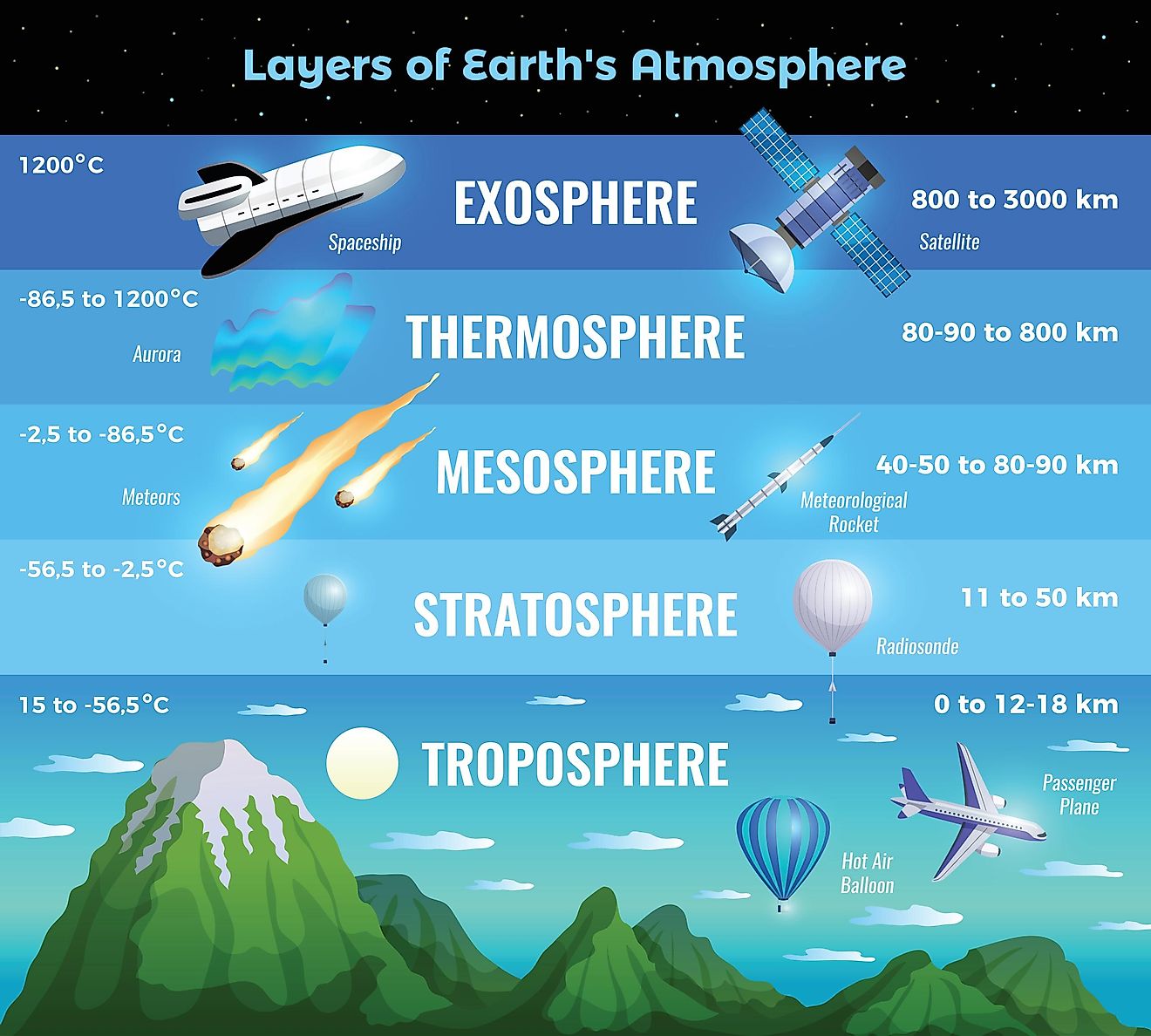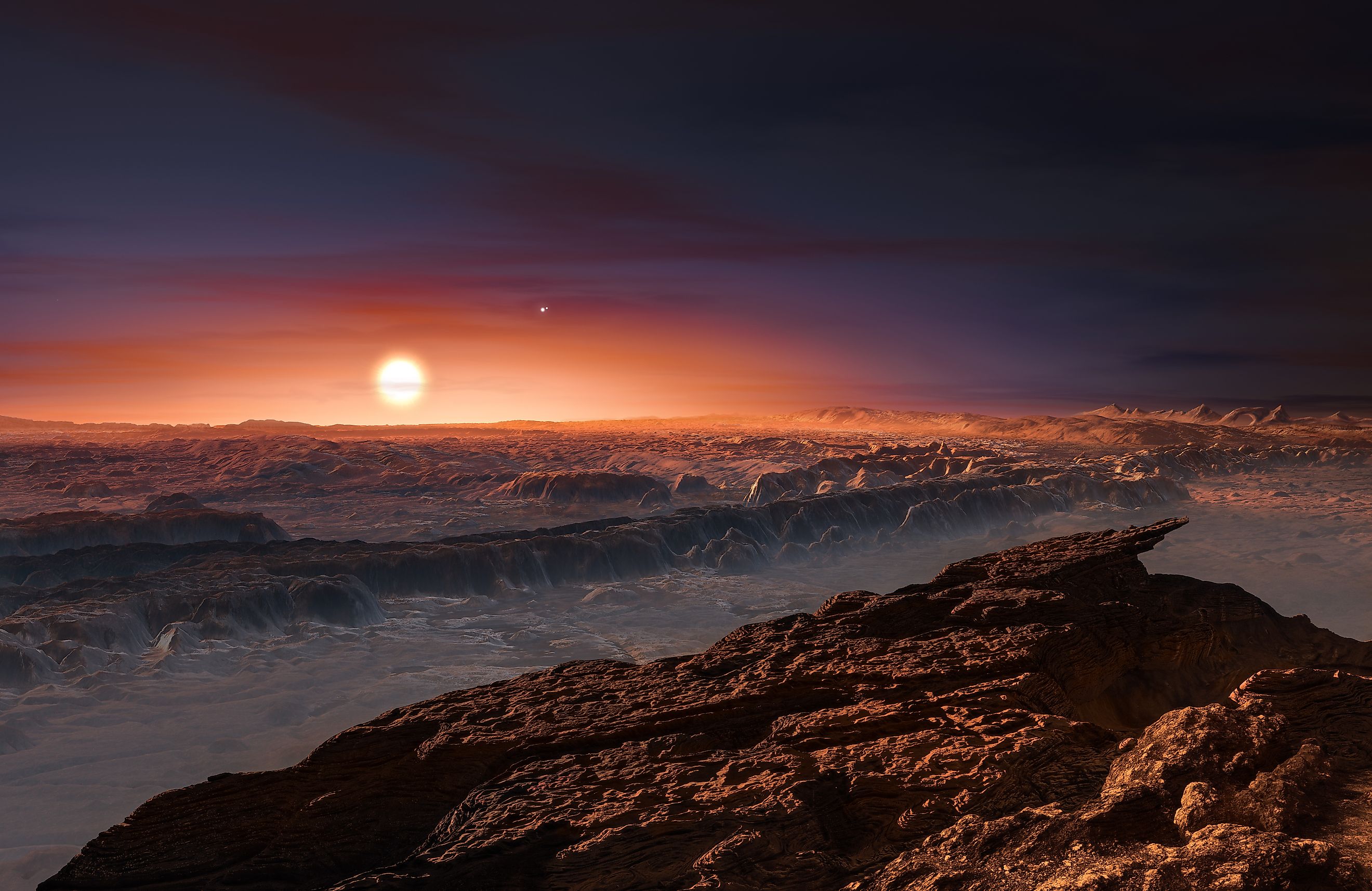
Exoplanets
Most people are familiar with the concept of a planet. Earth is a prime example and is currently the only known planet that supports life. There is also Mars, Mercury, Venus, Jupiter, Neptune, Saturn, and Uranus. What do these planets, which neighbor Earth, have in common? They are all revolving around the Sun, also called "sol" in Spanish and Latin, hence the name "solar system."
Now that it is clear that the solar system is made of a star and a collection of planets, you may be wondering what an "exoplanet" is. Today, we will define this unique astronomical term that has only been floating around for the last few decades and give you some of the most notable examples of exoplanets that have come up in popular science.
What is an Exoplanet?
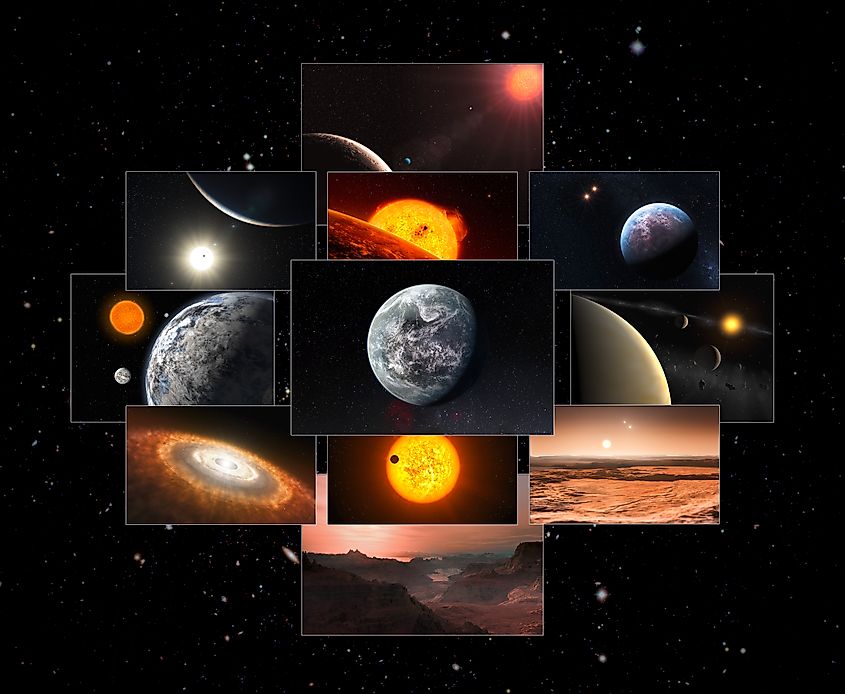
An exoplanet, or extrasolar planet, is simply a planet located outside our solar system, orbiting a star other than our Sun (which is also a star). Although the term may seem reminiscent of science fiction, numerous exoplanets have been verified, a fact made possible by advancements in telescopic and other Astro-related technologies.
The concept of exoplanets challenges the long-held belief that our solar system was unique in hosting planets. The first confirmed detection of an exoplanet occurred in 1992 when astronomers Aleksander Wolszczan and Dale Frail found two planets made of rock orbiting a pulsar, a type of neutron star that spins at a very high rate. Since then, thousands of exoplanets have been discovered, with a wide variety of sizes, compositions, and other characteristics. With the state of improvement in the technology needed to detect these far-out planets, it is likely that thousands more will be found and studied in the coming years.
Exoplanets are categorized based on factors such as their size, composition, and distance from their parent star, which are very similar to how we study and characterize the planets in our own system. For instance, gas giants like Jupiter, rocky planets similar to Earth, and even worlds seemingly made entirely out of water have been identified. A type of habitable zone, or "Goldilocks zone," is of particular interest to scientists, as it's the region around a star where conditions might be right for liquid water, and potentially life, to exist. It is exoplanets that meet this description that we are the most on the lookout for.
Notable Expoplanets that We Have Discovered
Since there are thousands of known exoplanets now, the next question for the layman will likely be about which ones are the most interesting to our astronomers and other kinds of scientists. Based on collected scientific data and significant features, which known exoplanets have been most impactful? The following sections will examine some of these notable exoplanets.
Poltergeist and Phobetor
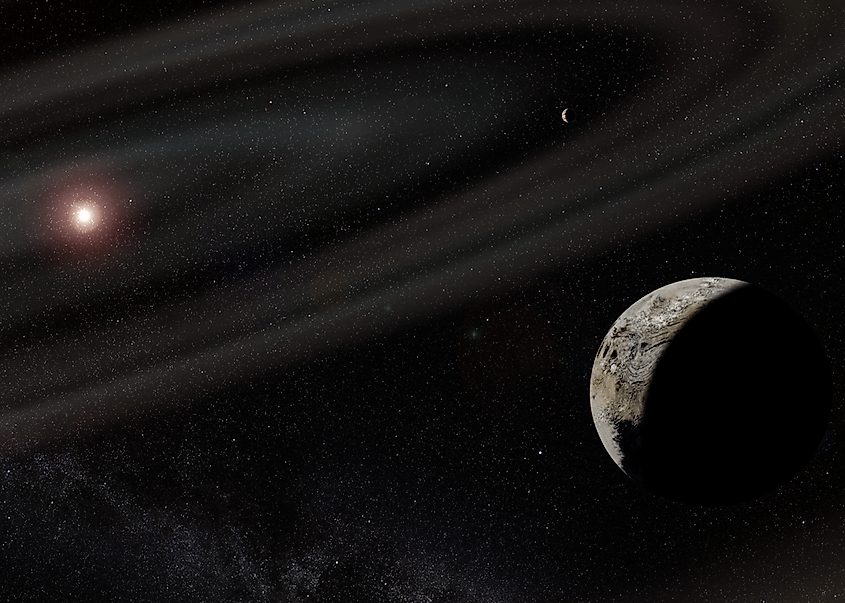
These are the names of the first two exoplanets by Dale Frail and Aleksander Wolszczan and are worth mentioning to officially kick off our knowledge of these fascinating celestial objects. Orbiting the pulsar star known as PSR B1257+12, it only took one more year to find the third exoplanet, Draugur, in the same region of space. The name Phobetor comes from a character from the ancient Roman poem "Metamorphoses," while the name Poltergeist is derived from the kind of ghost that generally causes disturbances wherever it goes. This discovery had a significant impact on the scientific community.
51 Pegasi b
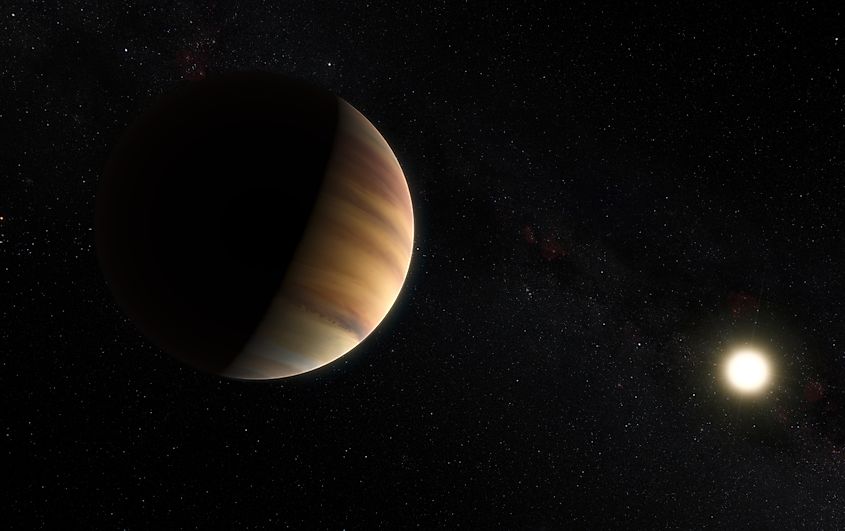
Discovered in 1995, this was the first exoplanet confirmed to orbit a Sun-like star, representing a significant advancement in the search for Earth-like planets. Located about 50 light-years away in the constellation Pegasus, 51 Pegasi b is a gas giant, meaning that it is completely made of gases rather than solids, like rock. Often compared to another gas giant in our own solar system, 51 Pegasi b is similar in size to Jupiter. Trace amounts of water were found in its atmosphere more recently in 2017, and finally, in 2019, the Nobel Prize for physics was given to its discoverers, Michel Mayor and Didier Queloz.
Kepler-186f
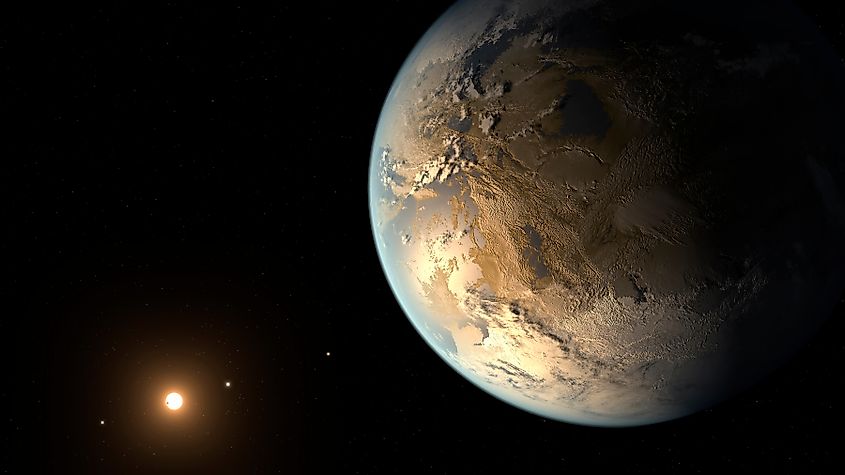
Found in 2014, Kepler-186f is notable because it was the first Earth-sized exoplanet discovered within the habitable zone of its star, where conditions might be right for liquid water to exist. It orbits a red dwarf star about 580 light-years away in the constellation called Cygnus. It took about three years of signal analysis to pinpoint where this exoplanet is, using something called the "transit method," a process in which scientists study the shadow of the exoplanet as it passes in front of its star in order to verify its existence.
HD 209458 b
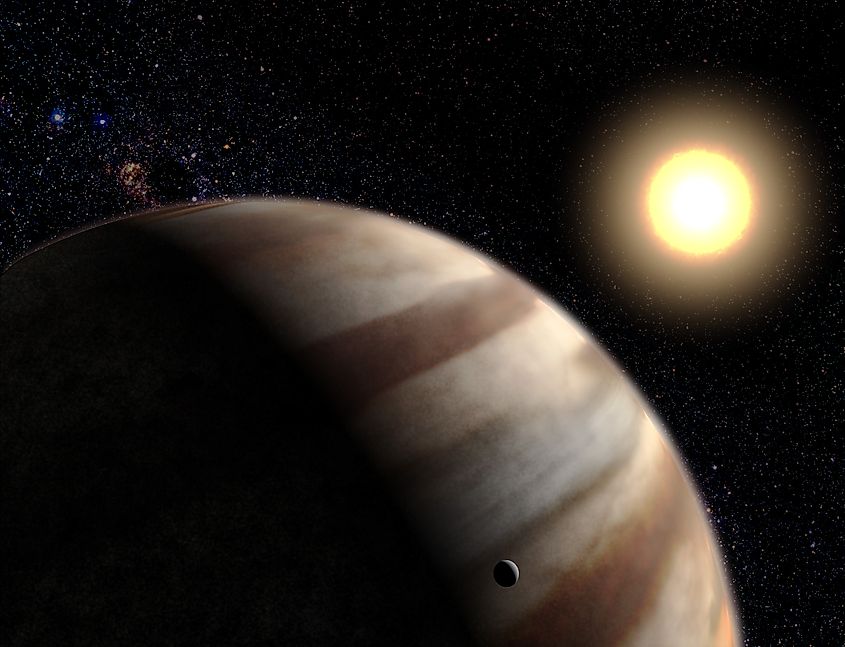
Popularly known as "Osiris" (the ancient Egyptian god of fertility, death, agriculture, and several other things), this exoplanet was the first to be observed transiting its star (the transit method), providing direct evidence of its existence. Discovered in 1999, it also is one of the first exoplanets where atmospheric water vapor was detected. HD 209458 b is a gas giant located about 157 light-years away in the constellation Pegasus. Although not liquid, the discovery of any kind of water in abundance meant that the important chemical was more common on planets other than Earth than we once thought.
TRAPPIST-1e
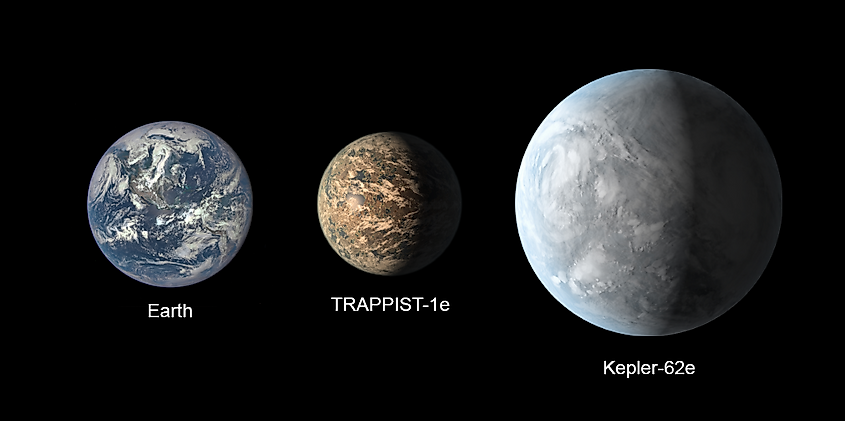
Part of a seven-planet system discovered in 2017, TRAPPIST-1e is one of the most Earth-like exoplanets found so far. The TRAPPIST-1e system is located about 39 light-years away (significantly closer than many of the other exoplanets on this list), and several of its planets, including TRAPPIST-1e, are within what can be considered a Goldilocks zone. It has since been determined that there may even be an ocean of liquid water on its surface, warranting further interest and study that continues to this day. So far, this exoplanet is on a shortlist of the most potentially habitable for humans of its kind.
Proxima Centauri b
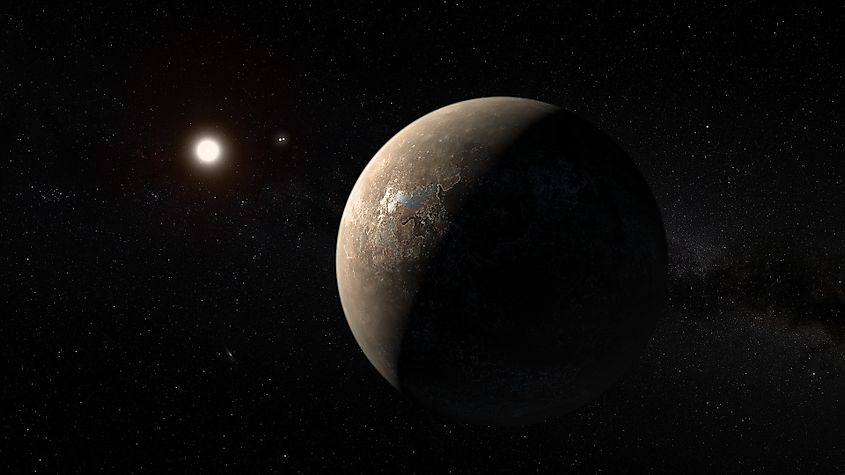
This exoplanet, discovered in 2016, orbits the closest star to the Sun, Proxima Centauri, located just 4.24 light-years away. One of the closest exoplanets in a Goldilocks zone to Earth, Proxima Centauri b meets the criteria of being in its star's habitable zone, also making it another one of the most promising candidates for the potential of life outside our solar system (it should be noted that stellar flares from its star might compromise its habitability for life). However, considerable uncertainties remain regarding its properties. The composition of its atmosphere and the presence of water on its surface are still unknown.
Why Study Exoplanets?
The study of exoplanets provides valuable insights into the formation and evolution of planetary systems. Advanced techniques like the transit method and radial velocity measurements, along with ever-evolving technologies, are commonly used to detect and study these distant worlds, enhancing our understanding of the universe as a whole.
But what is perhaps most interesting, is the idea that there are other planets like ours out there; planets that can support life, and maybe even planets that can support us. As mentioned before, there are exoplanets out in space, although uncommon, that match much of what makes Earth the way it is: the right distance from a nearby star. Further investigation may reveal that these distant planets possess additional essential elements for life, such as water and an atmosphere suitable for breathing.









